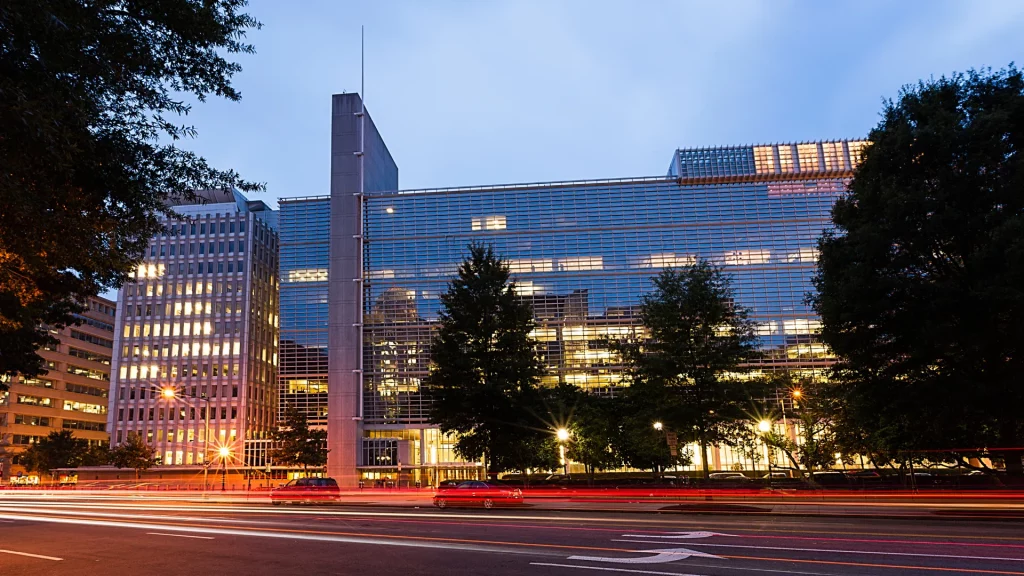The World Bank in its report pointed out that the Philippines’ growth momentum had been disturbed by rigid fiscal and monetary measures, high inflation, slow global economic growth
The World Bank slashes the 2023 growth forecast rate for the Philippines to 5.6 percent from the expected 6.0 percent owing to severe financial conditions, continuing inflation, and a difficult global economic environment. In 2024, the growth rate is expected to slow further according to the Washington-based financial organisation. In accordance with this forecast, the World Bank had trimmed its outlook to 5.8 percent from 5.9 percent. All the amended forecasts fall below the government’s 6.0- 7.0 percent target for this year and 6.0- 8.0 percent for 2024-2028.
The Gross Domestic Product (GDP) growth was below the target of 5.3 percent as of the first semester after a lingering second quarter with 4.3 percent. Next month will see the release of the third quarter data. Aadithya Mattoo, World Bank chief economist for East Asia and the Pacific mentioned that the slowing global growth had been a chief concern and a reason for reducing the growth forecast.
Mr. Mattoo mentioned that the Philippines like the countries of the world depend on the rest of the world for goods and exports, and also services. he also added that a lot of Filipinos work abroad and send payments back. Now all these factors are linked to the state of the global economy. The World Bank in its report pointed out that the Philippines’ growth momentum had been disturbed by rigid fiscal and monetary measures, high inflation, slow global economic growth, and budget exclusion delays.
The World Bank also mentioned that efforts to reduce public spending will be made and will continue till 2026, followed by a decline in recurrent spending. The global economic slowdown will harshly impact exports and manufacturing while the fiscal deficit is expected to decrease to 4.1 percent of the gross domestic product by 2025.
The efforts to reduce public spending and decline in recurrent spending urged the government to improve tax collection starting next year by introducing new tax measures that are focused on growing the tax base.
“In the near term, essential factors for boosting growth include containing price pressures and improving budget utilization,” stated the World Bank. The organisation also added that agriculture’s exposure to extreme weather events and a rapid food importation system will boost the domestic food supply. The World Bank report mentioned that this method would keep the prices steady even though other prices such as transportation costs, imported rice costs, and wages had increased recently.
They also emphasises that following the government’s medium-term fiscal consolidation plan will boost financial stability. It stated that in order to improve long-term growth capabilities, it is important to address structural challenges, including underinvestment in human and physical capital. The proper implementation of pro-investment reforms in renewable energy and other sectors like trade, telecommunications, and transport will provide productivity gains across the economy.
Between 2023 and 2025, the World Bank expects an annual growth of 5.7 percent. And this growth is expected to be bolstered by better domestic demand, lower inflation, and a strong job market. Increasing the participation of the private sector and introducing measures to do the same, especially in education and infrastructural developments would increase the growth potential. Even if there are limited government funds.
Spending on agriculture would improve productivity and food availability, thus reducing the negative impact of inflation and food price increases on the poor population of the country. The inflation is still expected to remain high at 5.9 percent this year, missing the 2.0- 4.0 percent target of the Bangko Sentral ng Pilipinas. In 2024, the inflation could return to the target at 3.6 percent and plunge again to 3.0 percent in 2025, states the World Bank
